- English
- Chinese
- French
- German
- Portuguese
- Spanish
- Russian
- Japanese
- Korean
- Arabic
- Irish
- Greek
- Turkish
- Italian
- Danish
- Romanian
- Indonesian
- Czech
- Afrikaans
- Swedish
- Polish
- Basque
- Catalan
- Esperanto
- Hindi
- Lao
- Albanian
- Amharic
- Armenian
- Azerbaijani
- Belarusian
- Bengali
- Bosnian
- Bulgarian
- Cebuano
- Chichewa
- Corsican
- Croatian
- Dutch
- Estonian
- Filipino
- Finnish
- Frisian
- Galician
- Georgian
- Gujarati
- Haitian
- Hausa
- Hawaiian
- Hebrew
- Hmong
- Hungarian
- Icelandic
- Igbo
- Javanese
- Kannada
- Kazakh
- Khmer
- Kurdish
- Kyrgyz
- Latin
- Latvian
- Lithuanian
- Luxembou..
- Macedonian
- Malagasy
- Malay
- Malayalam
- Maltese
- Maori
- Marathi
- Mongolian
- Burmese
- Nepali
- Norwegian
- Pashto
- Persian
- Punjabi
- Serbian
- Sesotho
- Sinhala
- Slovak
- Slovenian
- Somali
- Samoan
- Scots Gaelic
- Shona
- Sindhi
- Sundanese
- Swahili
- Tajik
- Tamil
- Telugu
- Thai
- Ukrainian
- Urdu
- Vietnamese
- Welsh
- Xhosa
- Yiddish
- Yoruba
- Zulu
- Kinyarwanda
- Tatar
- Oriya
- Turkmen
- Uyghur


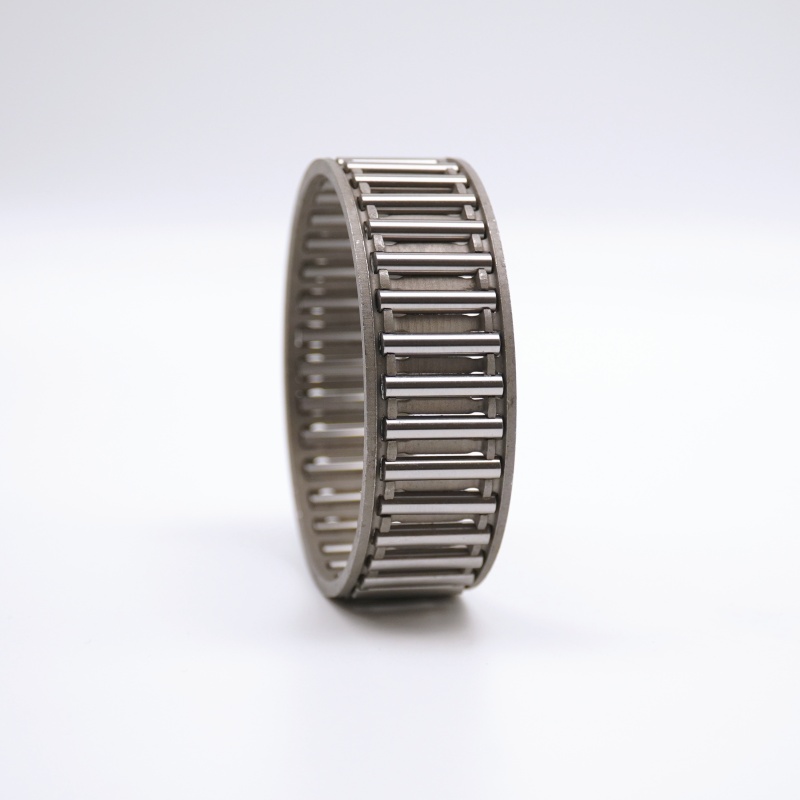
K32X40X42
Needle roller bearings utilize cylindrical rollers with a length-to-diameter ratio exceeding 4:1. This “needle-like” geometry enables exceptional radial load capacity within extremely compact cross-sections, providing superior space efficiency compared to ball bearings of equivalent dimensions.
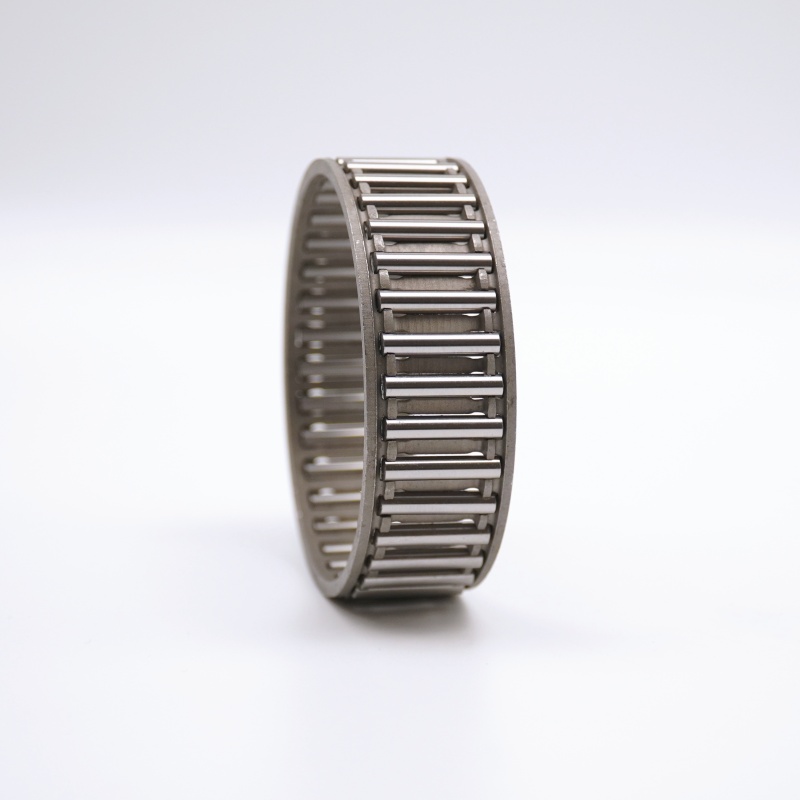
K32X46X32
Needle roller bearings utilize cylindrical rollers with a length-to-diameter ratio exceeding 4:1. This “needle-like” geometry enables exceptional radial load capacity within extremely compact cross-sections, providing superior space efficiency compared to ball bearings of equivalent dimensions.
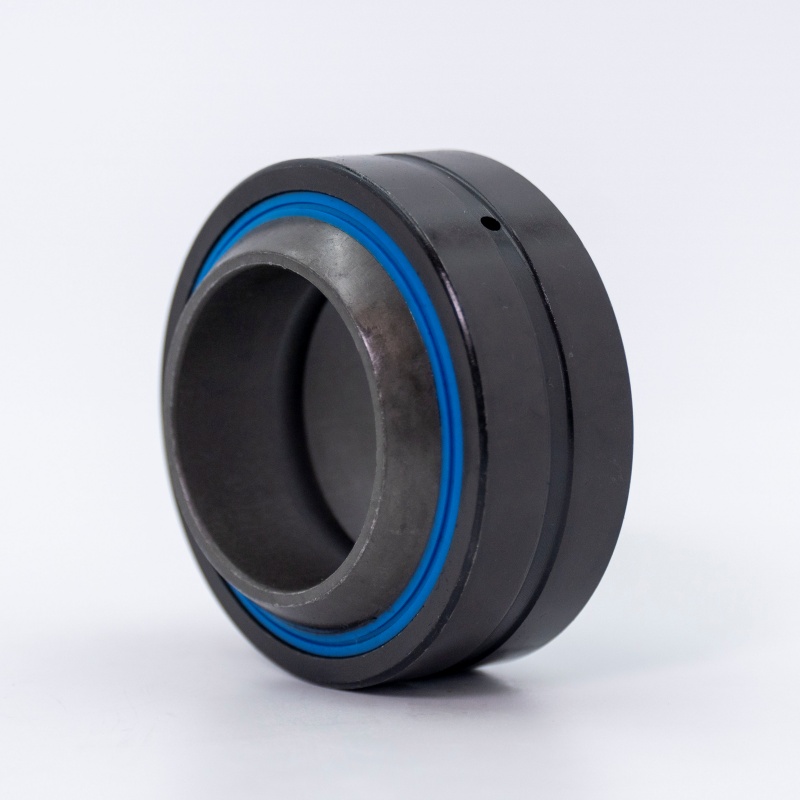
GE30ES 2RS
Spherical Plain Bearings, also known as joint bearings, are mechanical components uniquely designed to accommodate angular misalignment and oscillating or rotating movements between connected parts. Unlike standard ball or roller bearings, they feature a spherically shaped sliding contact surface (inner ring) articulating within a matching spherical outer ring. This design allows for movement in multiple directions simultaneously.
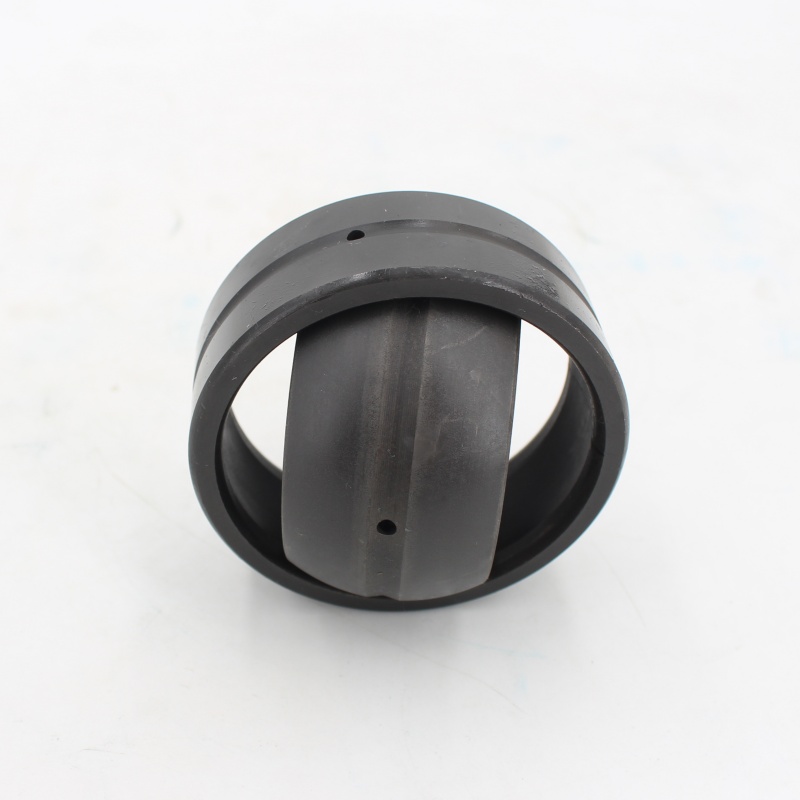
GE35ES
Spherical Plain Bearings, also known as joint bearings, are mechanical components uniquely designed to accommodate angular misalignment and oscillating or rotating movements between connected parts. Unlike standard ball or roller bearings, they feature a spherically shaped sliding contact surface (inner ring) articulating within a matching spherical outer ring. This design allows for movement in multiple directions simultaneously.
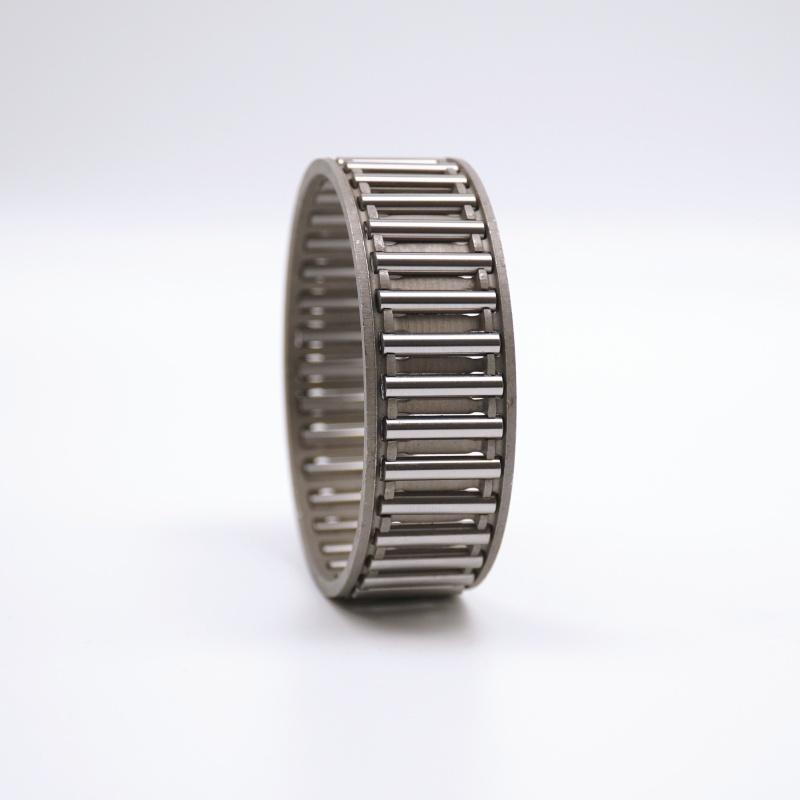
K35X40X13
Needle roller bearings utilize cylindrical rollers with a length-to-diameter ratio exceeding 4:1. This “needle-like” geometry enables exceptional radial load capacity within extremely compact cross-sections, providing superior space efficiency compared to ball bearings of equivalent dimensions.
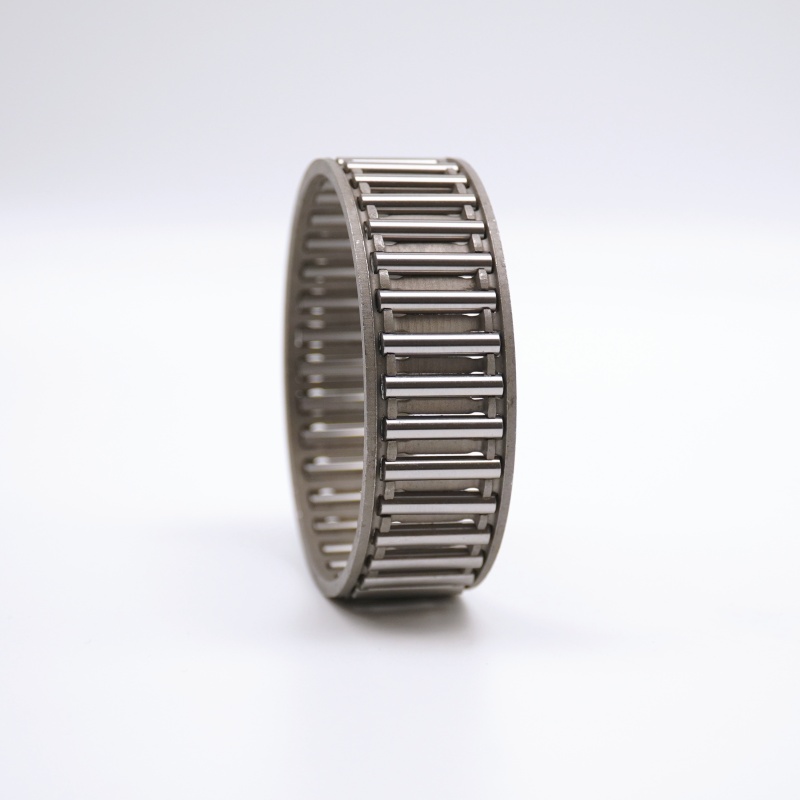
K35X40X17
Needle roller bearings utilize cylindrical rollers with a length-to-diameter ratio exceeding 4:1. This “needle-like” geometry enables exceptional radial load capacity within extremely compact cross-sections, providing superior space efficiency compared to ball bearings of equivalent dimensions.
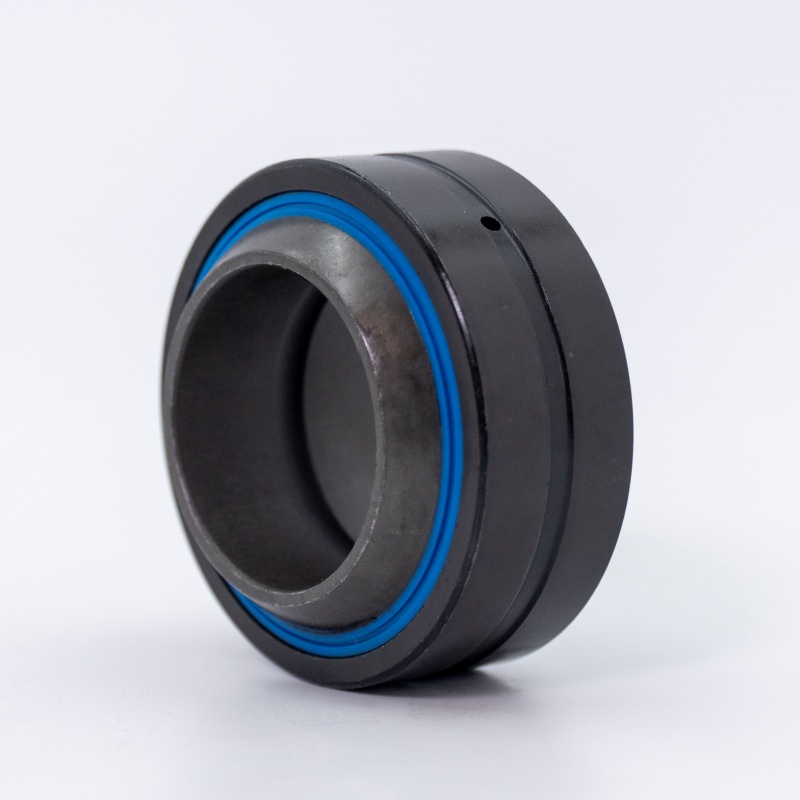
GE35ES 2RS
Spherical Plain Bearings, also known as joint bearings, are mechanical components uniquely designed to accommodate angular misalignment and oscillating or rotating movements between connected parts. Unlike standard ball or roller bearings, they feature a spherically shaped sliding contact surface (inner ring) articulating within a matching spherical outer ring. This design allows for movement in multiple directions simultaneously.
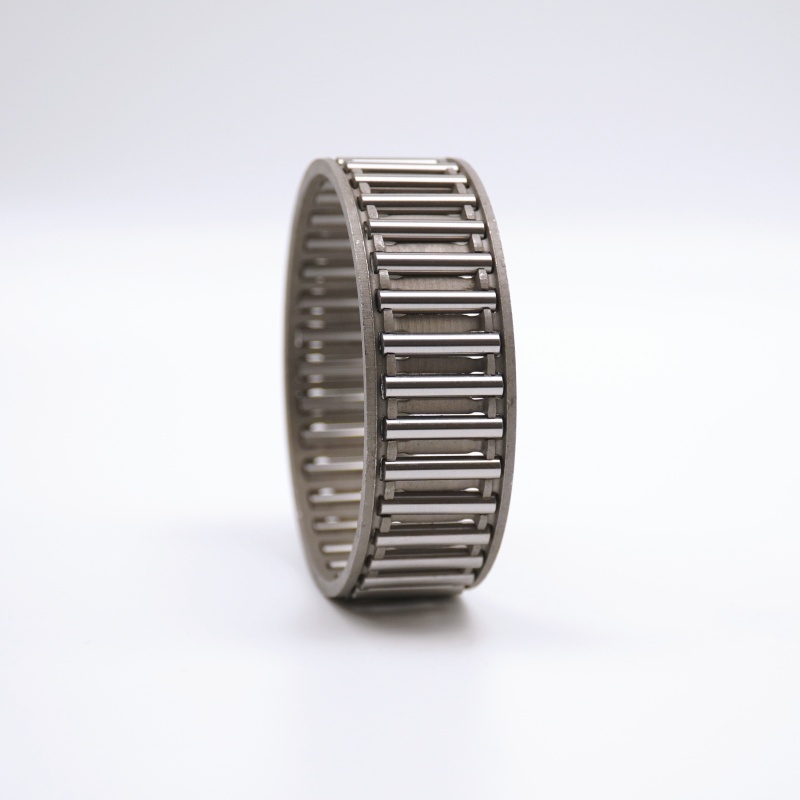
K35X40X25
Needle roller bearings utilize cylindrical rollers with a length-to-diameter ratio exceeding 4:1. This “needle-like” geometry enables exceptional radial load capacity within extremely compact cross-sections, providing superior space efficiency compared to ball bearings of equivalent dimensions.
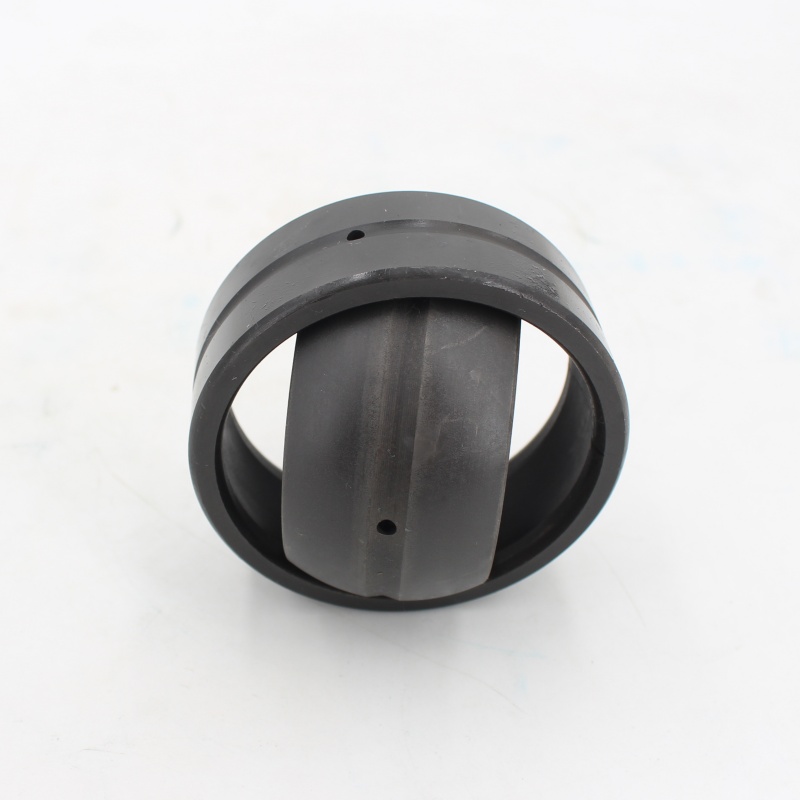
GE40ES
Spherical Plain Bearings, also known as joint bearings, are mechanical components uniquely designed to accommodate angular misalignment and oscillating or rotating movements between connected parts. Unlike standard ball or roller bearings, they feature a spherically shaped sliding contact surface (inner ring) articulating within a matching spherical outer ring. This design allows for movement in multiple directions simultaneously.
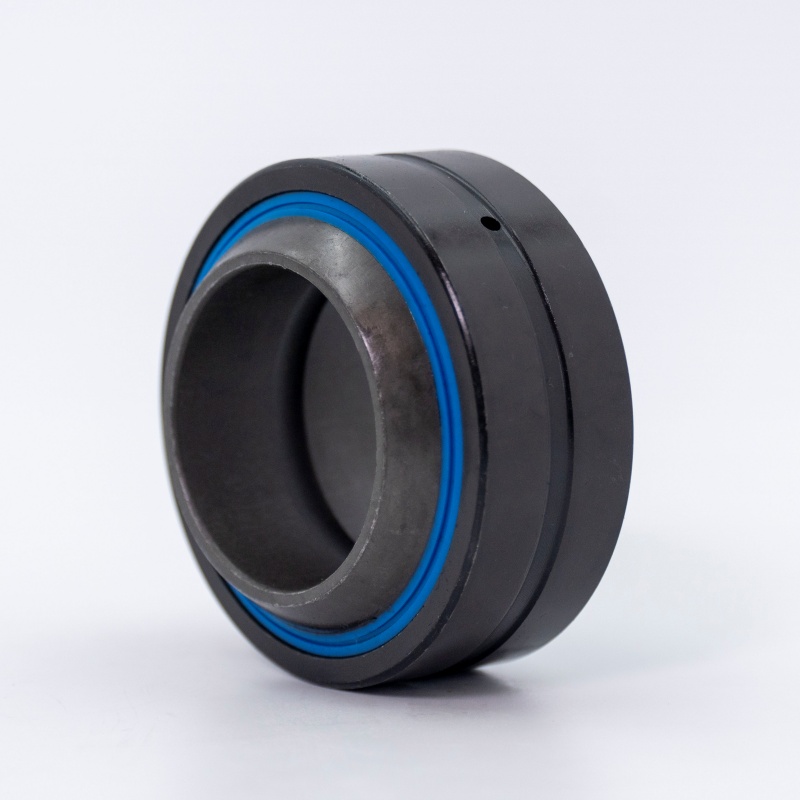
GE40ES 2RS
Spherical Plain Bearings, also known as joint bearings, are mechanical components uniquely designed to accommodate angular misalignment and oscillating or rotating movements between connected parts. Unlike standard ball or roller bearings, they feature a spherically shaped sliding contact surface (inner ring) articulating within a matching spherical outer ring. This design allows for movement in multiple directions simultaneously.

K35X40X27
Needle roller bearings utilize cylindrical rollers with a length-to-diameter ratio exceeding 4:1. This “needle-like” geometry enables exceptional radial load capacity within extremely compact cross-sections, providing superior space efficiency compared to ball bearings of equivalent dimensions.
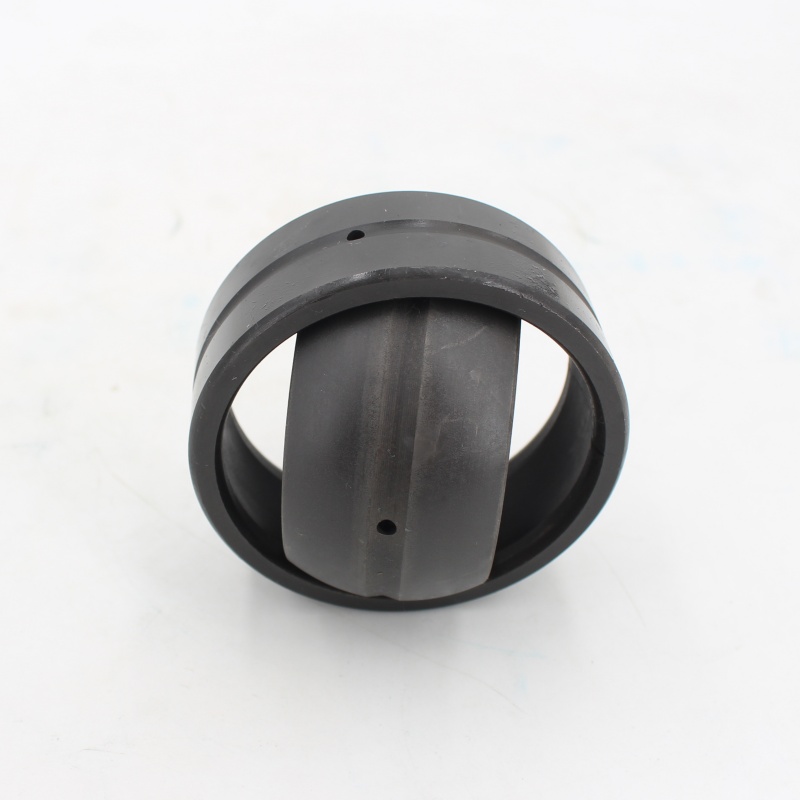
GE45ES
Spherical Plain Bearings, also known as joint bearings, are mechanical components uniquely designed to accommodate angular misalignment and oscillating or rotating movements between connected parts. Unlike standard ball or roller bearings, they feature a spherically shaped sliding contact surface (inner ring) articulating within a matching spherical outer ring. This design allows for movement in multiple directions simultaneously.



